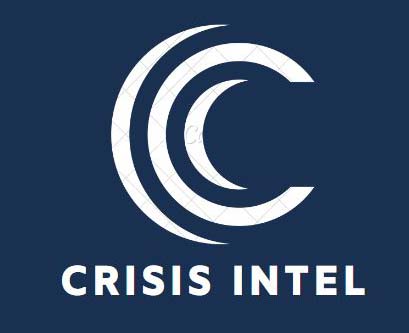Emergency Management Technologies
Role of Technology in Disaster Response and Management:
Technology plays a vital role in enhancing the efficiency, effectiveness, and coordination of disaster response and management efforts. Key aspects include:
- Data Collection and Analysis: Advanced technologies enable the collection, analysis, and interpretation of vast amounts of data, such as satellite imagery, sensor networks, and social media feeds. This data can provide critical insights into the extent of the disaster, population movements, and resource allocation needs.
- Communication and Coordination: Technology facilitates real-time communication and collaboration among response teams, government agencies, and humanitarian organizations. Tools such as instant messaging apps, web-based platforms, and video conferencing enable seamless information sharing, situational updates, and coordination of resources.
- Decision Support Systems: Decision support software and tools help emergency managers analyze complex data, model scenarios, and make informed decisions during response operations. These systems provide valuable insights on resource allocation, evacuation routes, and optimal response strategies.
- Information Management: Robust information management systems enable the secure storage, retrieval, and dissemination of critical data, including emergency plans, incident reports, and response protocols. These systems ensure that accurate and up-to-date information is accessible to authorized personnel in a timely manner.


GIS Mapping for Situational Awareness:
Geographic Information System (GIS) mapping plays a crucial role in disaster response by providing situational awareness and supporting decision-making. Key aspects include:
- Spatial Data Visualization: GIS mapping enables the visualization of spatial data, such as hazard zones, infrastructure networks, and population density. This visual representation helps emergency managers understand the geographical context and make informed decisions based on accurate and up-to-date information.
- Risk Assessment and Analysis: GIS tools allow emergency managers to conduct risk assessments by integrating multiple data layers, such as topography, demographics, and critical infrastructure. This analysis helps identify areas of high vulnerability and supports targeted mitigation strategies.
- Resource Planning and Allocation: GIS mapping assists in resource planning and allocation by identifying the optimal locations for emergency response resources, such as medical facilities, evacuation centers, and supply distribution points. This helps ensure efficient resource allocation and reduce response time.
- Damage Assessment and Recovery: After a disaster, GIS mapping is utilized to assess damage, monitor recovery progress, and track the allocation of resources. This information aids in identifying areas that require immediate attention and evaluating the effectiveness of recovery efforts.
Drone Usage in Damage Assessment and Search and Rescue Operations:
Drones have become valuable tools in disaster response and management, particularly for damage assessment and search and rescue operations. Key aspects include:
- Rapid Damage Assessment: Drones equipped with high-resolution cameras and sensors can quickly survey disaster-affected areas, capturing images and video footage. This aerial perspective aids in assessing damage to infrastructure, identifying critical areas, and prioritizing response efforts.
- Search and Rescue Support: Drones equipped with thermal imaging cameras and GPS technology assist in search and rescue operations by detecting heat signatures and locating survivors in inaccessible or hazardous areas. They provide valuable real-time information to ground teams, enhancing the efficiency and effectiveness of rescue operations.
- Situational Awareness: Drones equipped with live video streaming capabilities enable emergency managers to gain real-time situational awareness, monitor the progress of response operations, and identify emerging risks or changing conditions.
- Post-Disaster Documentation: Drones can be used to capture aerial images and videos for post-disaster documentation purposes. This documentation aids in assessing the extent of damage, supporting insurance claims, and facilitating the planning of reconstruction and recovery efforts.

